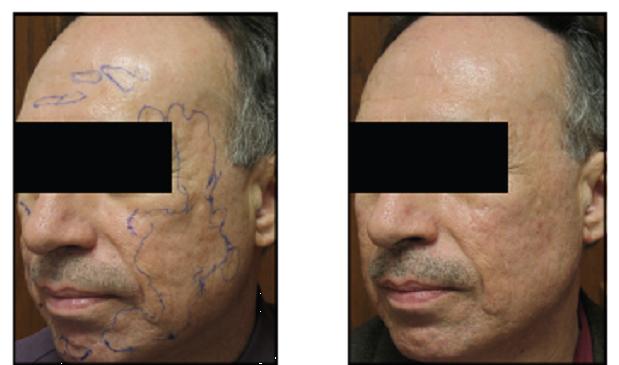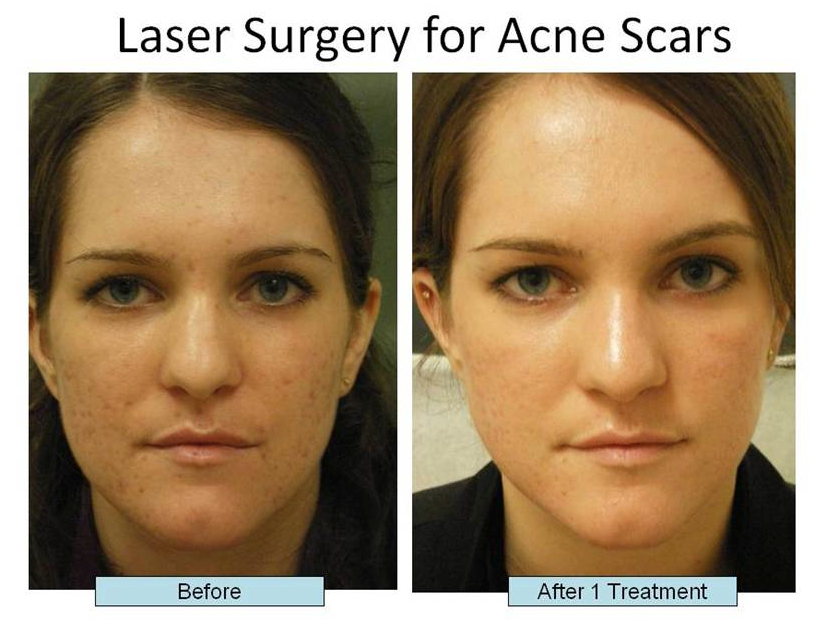Leading Acne Treatment for Sensitive Skin: Gentle Solutions for Clear Skin
Leading Acne Treatment for Sensitive Skin: Gentle Solutions for Clear Skin
Blog Article
Discovering Skin Problems: Recognizing and Dealing With Acne Scars for Healthier Skin
Acne marks stand for a substantial concern for people seeking to preserve healthy skin, as they can affect both look and self-worth. Recognizing the different types of marks, from atrophic to hypertrophic, is necessary for identifying appropriate treatment choices.
Understanding Acne Scars

The body's all-natural healing procedure can lead to either atrophic scars, which appear as depressions in the skin, or hypertrophic marks, which are increased and result from overproduction of collagen. In addition, the psychological toll of acne marks ought to not be undervalued; several individuals report sensations of shame, stress and anxiety, and decreased self-esteem. This emotional worry can influence social interactions and overall lifestyle.
Attending to acne marks needs a detailed understanding of their development and influence. Recognition of the capacity for long-lasting consequences connected with without treatment scars can encourage individuals to seek suitable treatments. Early treatment and efficient management techniques can significantly boost skin look and boost emotional durability, highlighting the significance of understanding the complexities surrounding acne scars.
Kinds of Acne Marks
Acne marks can be classified into distinct types, each exhibiting distinct characteristics and calling for specific treatment techniques. acne treatment for sensitive skin. The main kinds of acne scars consist of atrophic, hypertrophic, and keloid marks

Hypertrophic marks, in comparison, are elevated over the skin level and are the outcome of excessive collagen production throughout the healing process. They commonly stay within the boundaries of the initial acne sore. Keloid marks are similar however expand past the original injury website, developing larger, increased areas that can be scratchy or unpleasant.
Understanding these kinds of marks is important for selecting ideal treatment choices. Different scars may react far better to particular treatments, such as laser therapies, fillers, or medical treatments, emphasizing the value of a customized strategy to acne scar management.
Determining Your Scars
When examining the look of your skin, it is crucial to properly recognize the kind of marks existing, as this will educate the most effective treatment approach. Acne marks typically fall under two classifications: atrophic and hypertrophic marks. Atrophic scars, which are the most common, look like depressions or imprints on the skin. view website These can further be identified right into ice-pick marks, boxcar scars, and rolling scars, each displaying unique characteristics and needing various methods for analysis.
Hypertrophic scars, on the other hand, are increased and happen because her response of too much collagen manufacturing during the recovery procedure. Recognizing the specific features of your marks-- such as size, structure, and depth-- is crucial for proper recognition (acne treatment for sensitive skin). Additionally, take into consideration the circulation of marks across your skin, as this can suggest the seriousness and duration of the acne problem
Engaging with a dermatologist can give useful understandings into the nature of your marks, helping in the distinction in between different types. A comprehensive understanding of your marks will ultimately bring about an extra customized and reliable therapy strategy, ensuring a clearer and healthier skin tone.
Treatment Options Available
Identifying the particular type of acne marks present on your skin prepares for checking out effective treatment choices. Common sorts of acne scars consist of atrophic (clinically depressed), hypertrophic (raised), and post-inflammatory erythema.
For atrophic scars, choices such as chemical peels, microneedling, and laser resurfacing are commonly made use of. Chemical peels utilize acids to get rid of the external layer of skin, advertising new cell growth.
Hypertrophic marks can be treated with corticosteroid shots to flatten the mark or laser treatment to lower inflammation and boost appearance. Silicone gel sheets and stress dressings might likewise help in handling raised scars.
Additionally, dermal fillers can momentarily load in depressions from atrophic scars, while medical excision might be ideal for serious instances. Each therapy choice has its advantages and factors to consider, making it necessary to talk to a skin doctor. They can offer personalized referrals based on the kind and seriousness of your marks, along with your skin type and general wellness.
Tips for Prevention
Reliable prevention methods can significantly lower the likelihood of creating acne scars. Making use of non-comedogenic items assists stop stopped up pores, which can intensify acne.
Preventing the desire to choose or stand out acne sores is vital, as this can lead to much deeper skin damage and boost the threat of scarring. Rather, consider utilizing a cool compress or non-prescription treatments to reduce swelling and straight from the source inflammation.
Sunlight defense is another crucial element of prevention; ultraviolet (UV) rays can dim scars and impede the recovery procedure. Applying a broad-spectrum sun block with at the very least SPF 30 daily can shield the skin and promote even recovery.
Lastly, keeping a balanced diet plan abundant in vitamins, antioxidants, and minerals supports skin wellness and recovery. Remaining moisturized and managing tension degrees can likewise play a considerable function in decreasing acne flare-ups. By executing these approaches, people can significantly reduce their chances of creating acne marks.
Final Thought
In verdict, understanding and recognizing acne scars is necessary for reliable therapy and attaining healthier skin. Various kinds of acne marks, consisting of hypertrophic and atrophic marks, necessitate details treatments tailored to specific requirements. Treatment options variety from chemical peels and microneedling to corticosteroid injections, emphasizing the relevance of seeking advice from a dermatologist. In addition, taking on a gentle skin care routine and safeguarding the skin from UV direct exposure can considerably add to the prevention of further scarring and general skin wellness.
The body's natural healing procedure can result in either atrophic marks, which show up as clinical depressions in the skin, or hypertrophic marks, which are raised and result from overproduction of collagen. They are further divided into 3 subtypes: ice choice scars, boxcar marks, and rolling scars. Acne scars normally fall into 2 categories: atrophic and hypertrophic scars. These can even more be identified right into ice-pick marks, boxcar scars, and rolling marks, each showing unique attributes and requiring various methods for evaluation.
Various types of acne marks, including atrophic and hypertrophic marks, necessitate specific interventions customized to specific demands.
Report this page